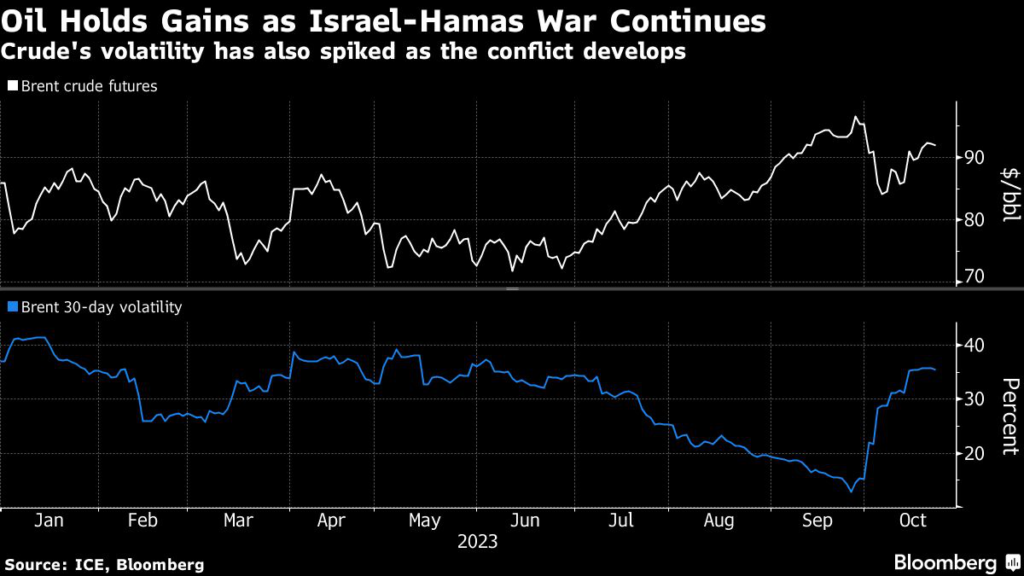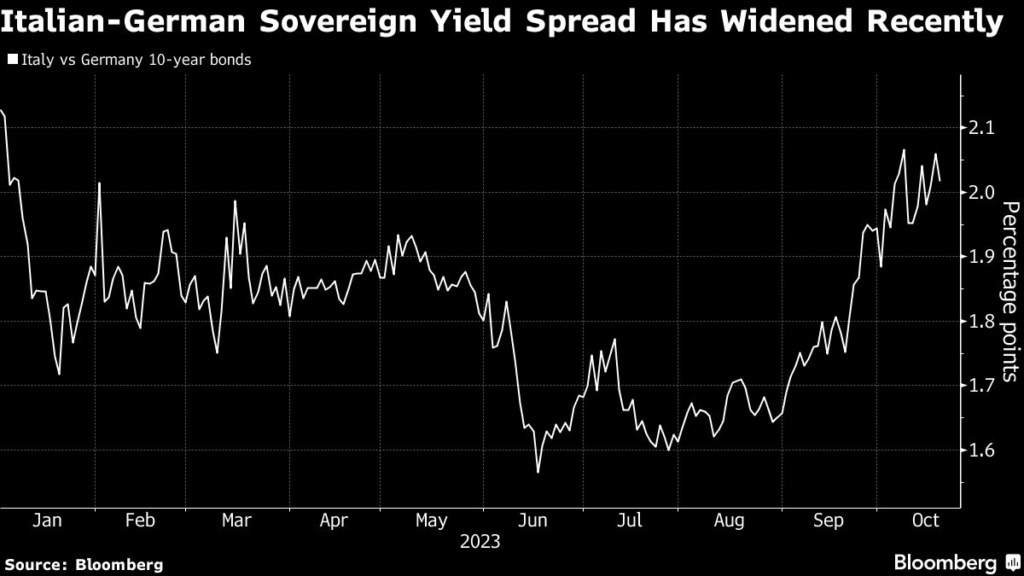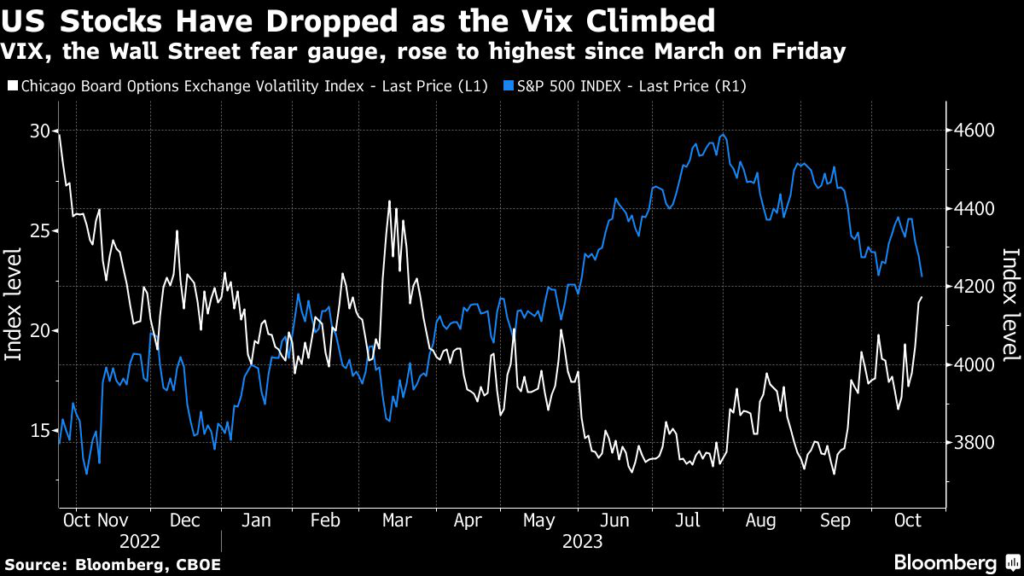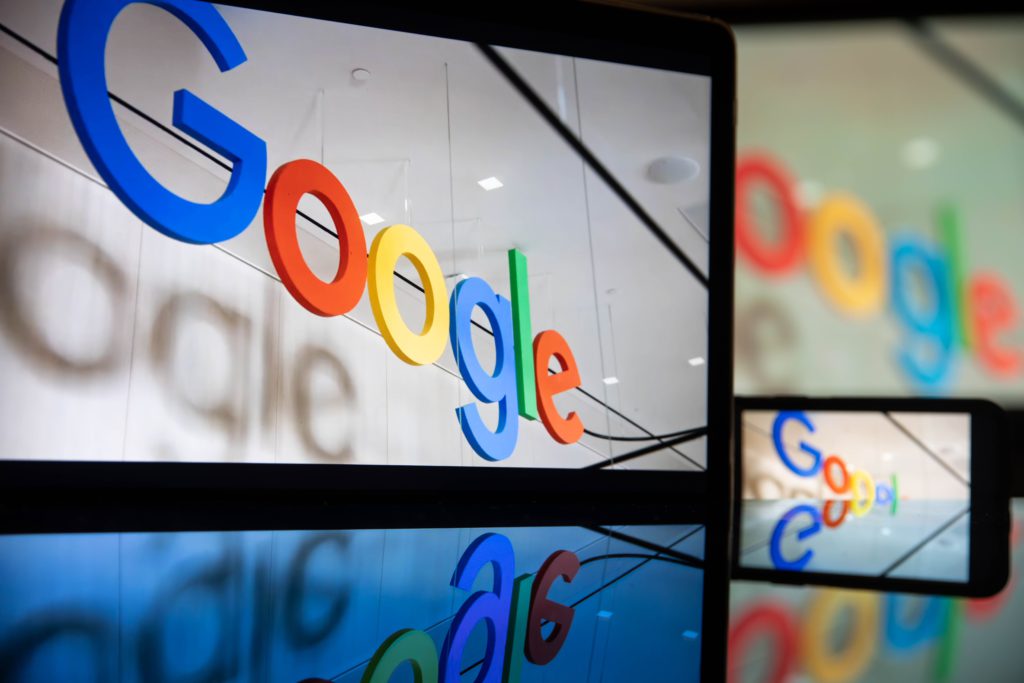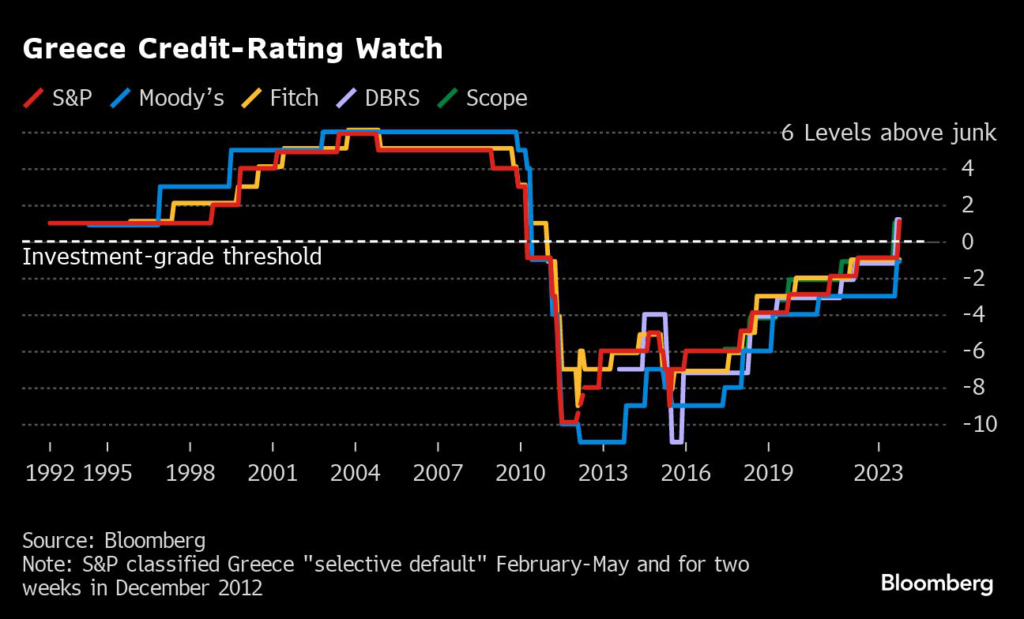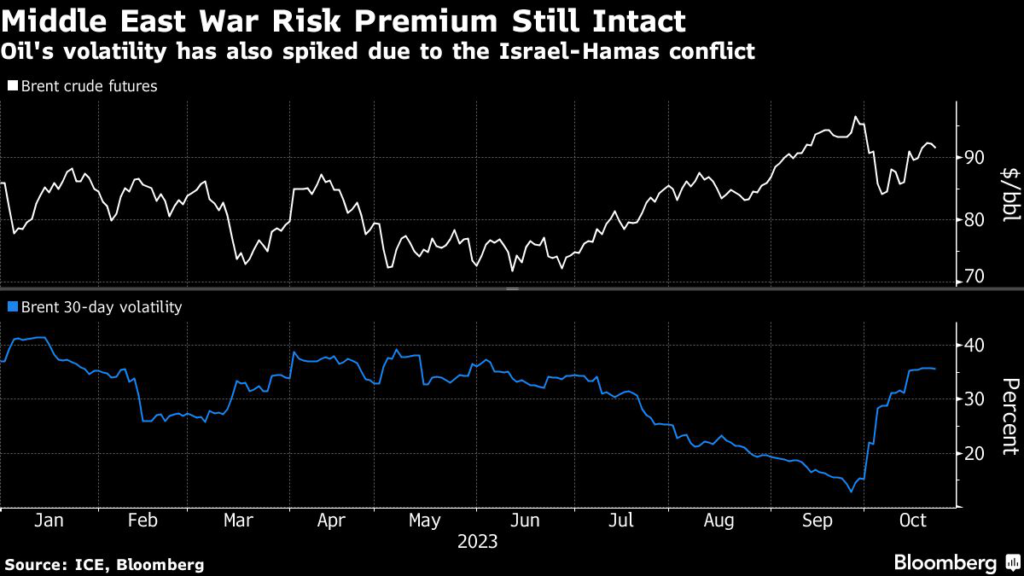(Bloomberg) — The deadly winter storm that pushed power grids in much of the US to near their limit revealed an uncomfortable fact about the US energy system — grid operators are quite bad at forecasting electric demand during polar blasts.
(Bloomberg) — The deadly winter storm that pushed power grids in much of the US to near their limit revealed an uncomfortable fact about the US energy system — grid operators are quite bad at forecasting electric demand during polar blasts.
The country’s largest grid operator, PJM Interconnection, underestimated its peak demand forecast on Friday by more than 9 gigawatts, or enough power to typically supply 9 million households in a region that stretches from Chicago to Washington.
The main Texas grid operator, the Electric Reliability Council of Texas, saw its expected winter peak forecast shattered by energy use on Thursday, with electricity demand coming in at 6.5 gigawatts above expectations, or enough power for about 1.3 million in the state.
Each operator missed demand estimates by about 10% at those times.
While the grids averted disaster, the forecast miss exposes another layer of vulnerabilities at a time when the power network is both aging and undergoing a massive transition.
Inaccurate forecasting by grid operators risks leaving Americans without power and paying high prices during extreme weather.
“That’s a big miss,” said Oliver Kerr, head of US power market analysis for Aurora Energy Research.
Power grid operators tend to focus their planning on summer, when energy demand is typically the highest, but they will need to get better at anticipating extreme winter events that are becoming more common, Kerr said.
In addition, there is less historical information available for electricity use during severe cold snaps, which makes forecasting harder, he said.
Giant utilities Duke Energy and the government-led Tennessee Valley Authority also saw record winter demand overwhelm their systems, with each having to institute rotating blackouts.
Overall, more than 6.35 million households and businesses lost power at some point during the winter storm, according to PowerOutage.us, which tracks electricity outages.
Ercot said in a statement forecasters have very few examples of the impact of very cold weather on consumers’ electric demand with which to tune their models.
“Each storm tends to be unique in terms of characteristics like the speed of arrival and precipitation, and the timing of this particular storm at the beginning of the holiday period added to the complexity,” it said.
More stories like this are available on bloomberg.com
©2022 Bloomberg L.P.

